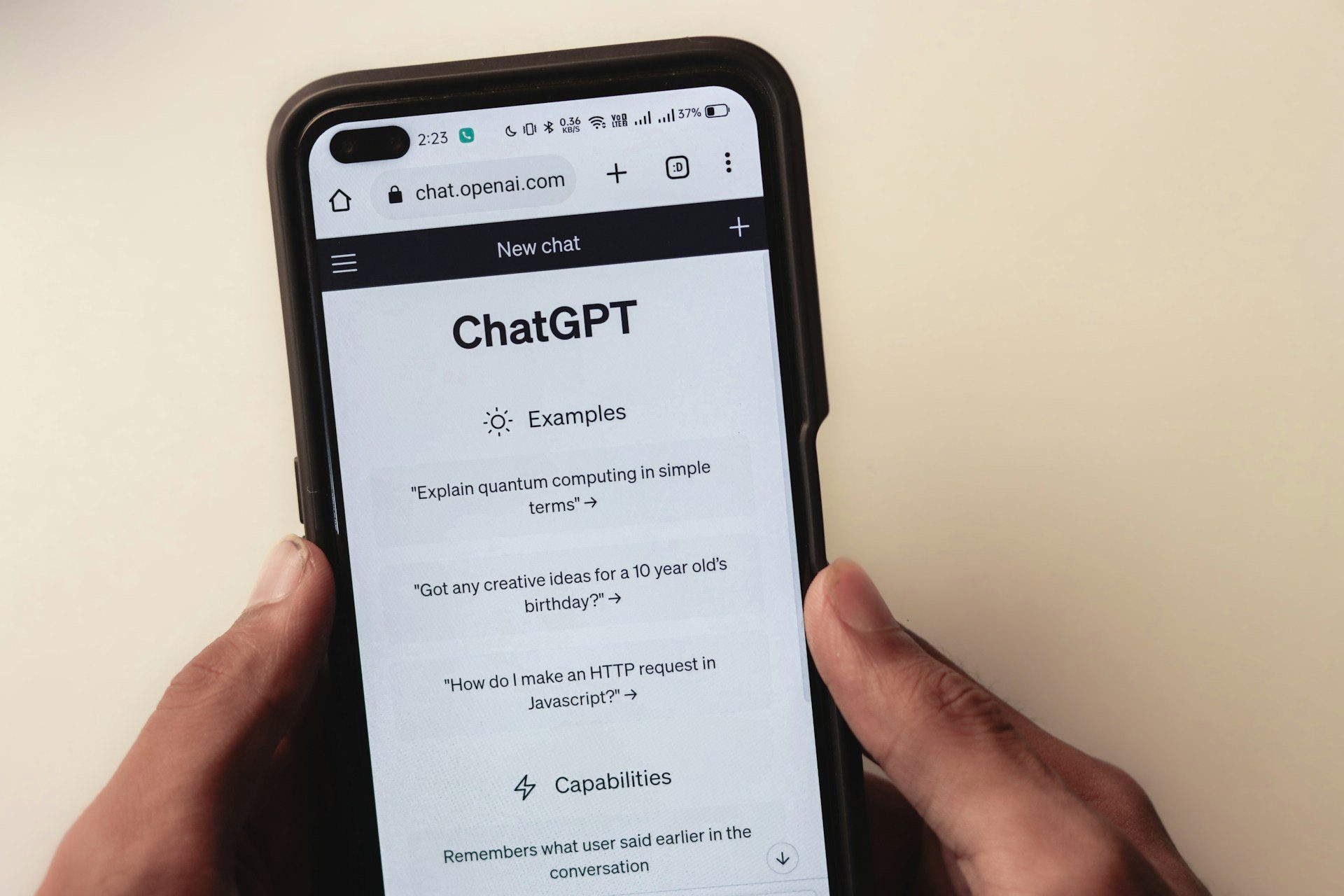Sentiment analysis is becoming increasingly popular. It is a powerful tool or mechanism that is used in business and marketing. Sentiment analysis involves the use of computer algorithms to identify and extract sentiments from a text, especially opinionated texts. But that’s the helicopter view.
In this article, we’re going to discuss what exactly it is and why it is important, some of the best analyzers and algorithms, and different scores and classifications.
So, let’s get analyzing!
Table of Contents
What is Sentiment Analysis
Sentiment analysis is the process of identifying and quantifying the feeling or attitude of a text. It has gained importance in recent years with the advent of social media. It is used to understand customer sentiment about a company or product and to identify areas where improvement is required.
Sentiment analysis can also be used for political purposes, to gauge public opinion about a candidate or policy.
Customer Sentiment Analysis – Meaning
Sentiment analysis is a text-mining tool that can analyze a large number of customer reviews and opinions, the sentiment they convey. Sentiment score tells you what people feel about the product.
Sentiment scores from customers help companies to detect negative comments about their products and respond to those sentiments with the appropriate action.
Text Sentiment Analysis
Text sentiment can be analyzed manually but this is a time-consuming and labor-intensive process.
Sentiment analysis can also be done automatically using machine learning algorithms. These algorithms are trained on large data sets that contain positive, negative, and neutral texts. The algorithm then assigns a sentiment score to each text based on its training data.
This score can be used to determine the general mood of a text. Sentiment analysis is also used to understand what customers want by analyzing customer reviews.
Why is Sentiment Analysis Important?
It is important because it gives companies a more accurate customer picture.
It enables companies to get insights into what customers think about their products and services. This can help companies know what customers really want, how they feel about the product, and if there are any areas that need improvement.
It can be used in customer service applications like chatbots and mobile apps like for example Digit platforms use sentiment analysis to understand what users care most about and feed this information back to the business.
Sentiment Analysis using Machine Learning
Machine learning can be applied in sentiment analysis through either supervised or unsupervised learning. Sentiment analysis based on machine learning has been successfully implemented using deep learning, where large datasets are used to train algorithms that can identify patterns and make predictions about new texts.
Sentiment analysis is an active area of research with several applications in marketing, market research, embedded business intelligence, etc. Sentiment classification model based on machine learning is being widely utilized for various activities like news classification, spam detection, etc. Sentient beings have brought so much advancement to this world but it’s not enough!
Customer Sentiment Analysis – Examples
Here are some examples where sentiment analysis has been used successfully:
Sentence Polarity Detection
Sentence polarity detection – Sentiment Analysis example – Sentiwordnet Sentence polarity refers to the nature of a sentence – whether it’s positive, negative or neutral – which can be determined by means of sentiment analysis.
Sentiwordnet
Sentiwordnet is a lexical resource for opinion mining and sentiment analysis which contains a semantic network of English words annotated with SentiStrength sentiment scores and part-of-speech tags. Sentiwordnet was used to classify the polarity –positive, neutral, or negative – of movie reviews from an online movie database.
Sentiment Analysis’ Scores and Classifications
When a text is fed into a machine learning algorithm, it returns a score between 0 and 1 that tells you how positive the text is.
Sentiment analysis also provides you with two classifications: Positive Sentiment and Negative Sentiment. These are the predefined categories for training data sets that train algorithms to identify them as positive or negative texts.
Sentiment analysis can be further broken down into 3 different types: Sentiment Score, Sentiment Classification, and
3 Common Types of Sentiment Analysis
Sentiment Score
This is the simplest form of sentiment analysis that gives a text a score between 0 and 1 that tells you how positive or negative it is as a whole.
Sentiment Classification
The algorithm assigns each sentence within the text to one of the predefined categories –positive, neutral, or negative – based on its training data set. Generally, this approach is more accurate than Sentiment Score because it assigns sentiment to each sentence within the text.
Sentiment Identification
Sentiment identification identifies which part of a sentence is positive or negative and labels it accordingly. Sentiments are identified by means of NLP techniques that study the linguistic structure of sentences and identify their grammatical parts such as nouns, verbs, adverbs, etc. Sentiment identification can be used to find out what customers want from texts that contain customer feedback.
NLP Sentiment Analysis
NLP Sentiment Analysis – Sentiment Classifier Sentiment analysis using NLP is the most accurate form of sentiment analysis because it uses natural language processing techniques to identify sentiments within a text. The algorithm breaks down the sentence structure, identifies verbs, nouns, adjectives and adverbs in each sentence, and then analyzes them to determine their parts-of-speech.
Sentiments are identified by means of studying the linguistic properties of sentences that convey positive or negative meaning about a topic. SentiStrength API provides an example of how sentiment scores are calculated for texts. It’s built on the combination of two machine learning algorithms: Naive Bayes and Support Vector Machines (SVM).
For example: this just had to be the perfect day Sentiment score = 0.8 Sentiment classification = Positive Sentiment Sentiment identification = This sentence is positive. Sentiments are identified by means of NLP techniques that study the linguistic structure of sentences and identify their grammatical parts such as nouns, verbs, adverbs, etc.
Strategy for Businesses
In order for sentiment analysis to work effectively, companies must have access to enough data about how people really feel about their products and services.
Training algorithms on existing reviews helps in detecting sentiments related to specific keywords or brands found in customer feedback. Sentiment analysis can be used to monitor the social media channels of a business to understand what people are saying about it.
Some excellent sentiment analyzers
Here are some of the most popular sentiment and customer sentiment analyzers available.
Sentiment HQ Sentiment Analysis tool
Sentiment HQ is a web application that provides you with Sentiment Analysis of any text in under 60 seconds. The Sentiment Score tells you whether the text is positive or negative while Sentiment Class identifies what type of expression it is – praise, criticism, or neutral. Sentiment HQ’s API lets you implement sentiment analysis into your applications and websites.
Mentionmapp Social Media Monitoring & Analytics
Mentionmapp monitors social media posts across Facebook, Twitter, LinkedIn, Instagram, Google+, YouTube, etc., and provides real-time business analytics to help companies make better decisions around customer service using data visualization tools for analyzing sentiment. Mentionmapp also gives visualized reports of Sentiment analysis and Sentiment Classification so you can monitor what customers are saying about your brand.
Bitext Sentiment Analysis API
Bitext is a web application that analyzes sentiment in texts from any language using AI algorithms. The Sentiment Score tells you whether the text is positive or negative while Sentiment Class identifies what type of expression it is – praise, criticism, or neutral. Bitext’s API lets you implement sentiment analysis into your applications and websites.
IBM Watson Analytics Sentiment Analysis tool
IBM Watson Analytics provides a feature for Sentiment Analysis that uses classifiers to detect sentiments based on predefined categories such as “positive”, “negative”, and “neutral”. IBM’s Sentiment Score gives you an estimate of how positive or negative the text is. The sentiment Analysis tool will not only look at keywords to give its Sentiment Score but also at the structure of the sentence, so it’s more accurate.
Final thoughts
Thanks for reading this article. We hope you found it helpful. Sentiment analysis is an exciting new field in data science and many businesses are using APIs to understand customers’ opinions about their products and services. Sentiment analyzers not only tell you whether a text has a positive or negative meaning, but they can also classify phrases into pre-defined categories such as satisfaction, joy, sadness, etc.
Sentiment analysis gives companies the ability to get consumer feedback from social media channels to help improve their business strategy accordingly.
The information gathered from Sentiment Analysis is crucial for companies that want to find out what people think about their brand online. It enables them to implement changes for better product quality/service delivery.














